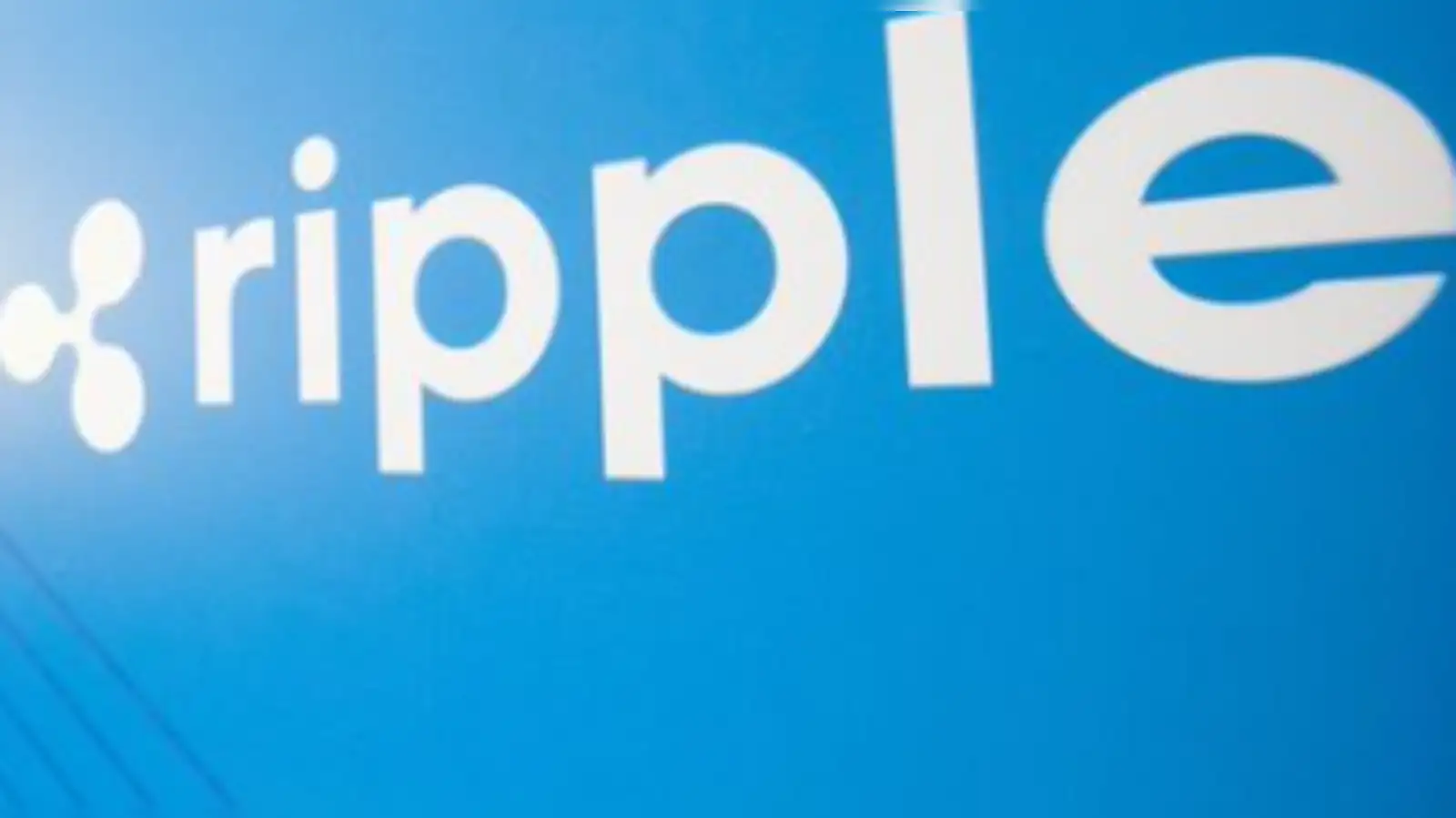- Ripple’s valuation surges as Forbes highlights its evolving financial dominance.
- Major acquisitions strengthen Ripple’s position in global blockchain infrastructure.
- Forbes says Ripple’s transformation marks a new phase for XRP.
Ripple is emerging as one of the most talked-about names in global finance after years of uncertainty. The blockchain company, once criticized for lacking real business traction, is now building momentum following the resolution of its legal battle with the U.S. Securities and Exchange Commission.
According to Forbes, Ripple’s transformation signals the rise of a more structured and influential enterprise in the digital asset industry.
Ripple’s Market Resurgence and Soaring Valuation
Forbes noted that the company’s private share value has surged to between $135 and $170, roughly double from the beginning of the year. This new valuation places Ripple between $22 billion and $30 billion, bringing it close to stablecoin giant Circle, which is valued at around $34 billion.
Meanwhile, XRP, the company’s native token, has recorded a remarkable 366% increase over the past year, pushing its market capitalization near $150 billion. These numbers reflect a strong revival of investor confidence following Ripple’s $125 million settlement with the SEC.
Also Read: Ethereum Crashes to $3700 Before Sharp Rebound as $884M in Trades Liquidated
Ripple’s renewed strength also comes from a series of major acquisitions aimed at expanding its financial footprint. The company acquired GTreasury for $1 billion, prime brokerage Hidden Road for $1.25 billion, and payments platform Rail for $200 million.
It further strengthened its custody business by purchasing Metaco and Standard Custody, solidifying its position across treasury and institutional services.
Forbes Highlights Ripple’s Strategic Shift and Institutional Confidence
According to Forbes, Ripple may still trail behind some leading blockchains in app usage and developer activity. However, the company itself has evolved into a different kind of powerhouse—one focused on institutional infrastructure and long-term financial strategy. This shift underscores Ripple’s intention to build sustainable value beyond speculation.
Joe Naggar, CEO of Feynman Point Asset Management, told Forbes that Ripple’s growth shows strong leadership and a refined understanding of capital management. He emphasized that Ripple’s focus on real-world financial services separates it from other crypto projects that rely solely on token value.
Austin King, CEO of Nomina and a former Ripple partner, added that the firm’s acquisitions are designed to create synergy among custody, liquidity, and payments operations. He believes Ripple’s strategy could reshape institutional engagement with blockchain technology.
Ripple’s Expanding Role in Global Finance
Crypto commentator, Pumpius (@pumpius), in a recent tweet, highlighted that Ripple’s ongoing evolution shows that it is no longer competing with traditional banks but becoming part of their financial foundation. RippleNet, the XRP Ledger, and Ripple Prime are now viewed as key tools in powering seamless cross-border liquidity and institutional crypto access.
Forbes notes that despite the XRP Ledger’s slower ecosystem growth, Ripple’s corporate strategy and acquisitions have positioned it as a serious contender in building the next phase of global financial infrastructure. The company’s transformation reflects not only survival but maturity—a shift that continues to redefine its role in digital finance.
Also Read: Coinbase Sees Strong Recovery as Ethereum Trading Gains Momentum

